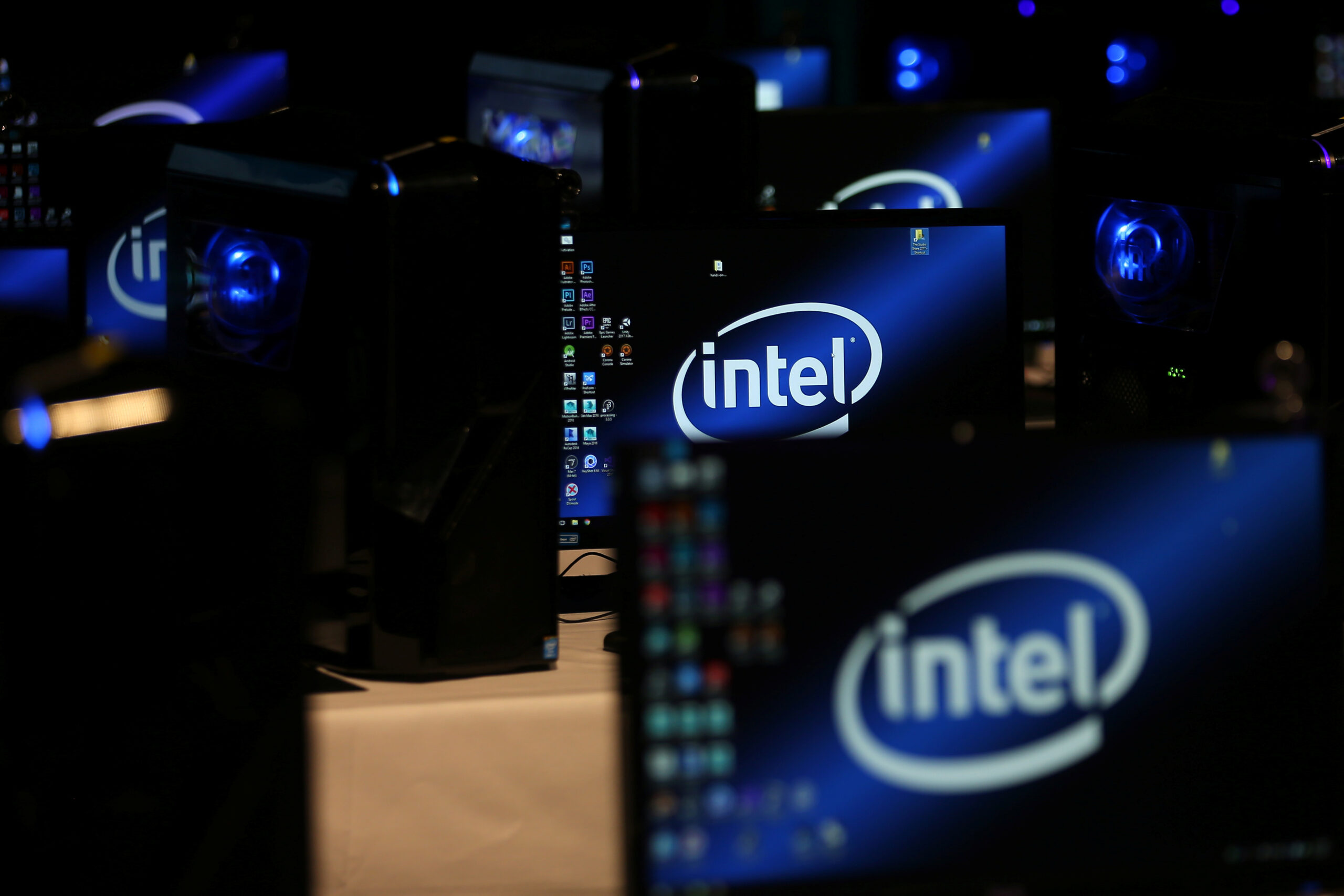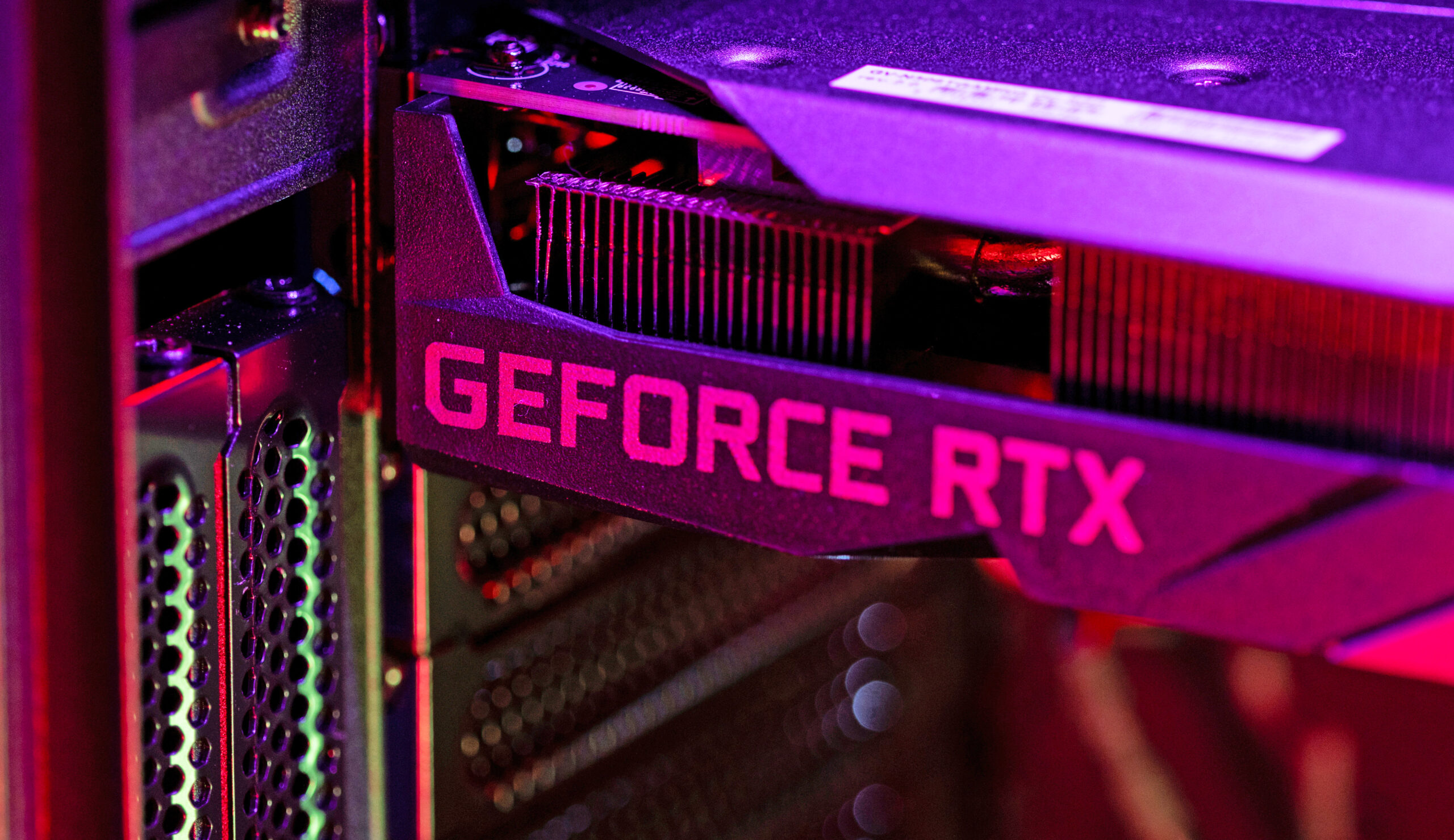Overlook about “SuperFin Enhanced,” the earlier title for the node powering Intel’s upcoming 10nm Alder Lake processors. Now, that node is simply referred to as “Intel 7,” in keeping with the company’s revised roadmap. However do not go pondering meaning Intel is by some means delivering a 7nm processor early — its long-delayed “Rocket Lake” 7nm chip nonetheless will not ship till 2023, and its node has been renamed to “Intel 4.” Confused but? It is virtually like Intel is attempting to connect a brand new quantity to those upcoming merchandise, so we’ll overlook it is dropping the shrinking transistor conflict in opposition to AMD.
However Intel’s prospects are extra fascinating as we sit up for 2024, when the corporate expects to finalize the design for its first chips with transistors smaller than 1 nanometer. They’re going to be measured by angstroms, as a substitute. The “Intel 20A” node will likely be powered by “RibbonFET” transistors, the corporate’s first new structure because the arrival FinFET in 2011. It’s going to be coupled with PowerVia, a know-how that may transfer energy supply to the rear of a chip wafer, which ought to make sign transmission extra environment friendly.

Intel
“Constructing on Intel’s unquestioned management in superior packaging, we’re accelerating our innovation roadmap to make sure we’re on a transparent path to course of efficiency management by 2025,” Intel’s new CEO Pat Gelsinger (above) mentioned through the “Intel Accelerated” livestream at present. “We’re leveraging our unparalleled pipeline of innovation to ship know-how advances from the transistor as much as the system stage. Till the periodic desk is exhausted, we will likely be relentless in our pursuit of Moore’s Legislation and our path to innovate with the magic of silicon.”
Earlier than it reaches the angstrom period of chips, although, the corporate additionally plans to launch a processor with an “Intel 3” node in 2023. You may consider it as a super-powered model of its 7nm structure, with round an 18 % efficiency energy watt enchancment over Intel 4. It’s going to probably fill the timing hole between Rocket Lake chips in 2023 and the Intel 20A merchandise in 2024. Intel can be daring to name its shot past 2024: it is also engaged on an “Intel 18A” node that’ll additional enhance on its RibbonFET design.
For customers, this roadmap means you’ll be able to count on chips to get steadily quicker and extra environment friendly over the following 5 years. If something, the bulletins at present present that Intel is attempting to maneuver past the 10nm and 7nm delays which have dogged it for ages.
As we have beforehand argued, it is finally a great factor for the tech trade if Intel can lastly regain its footing. Its $20 billion funding in two Arizona-based fabrication vegetation was a transparent signal that Gelsinger aimed to carry the corporate into new territory. However now that it is laid out a brand new timeline, there will be much more strain for Intel to not let issues slip as soon as once more.
All merchandise really helpful by Engadget are chosen by our editorial crew, unbiased of our mum or dad firm. A few of our tales embody affiliate hyperlinks. In case you purchase one thing via one in every of these hyperlinks, we might earn an affiliate fee.







